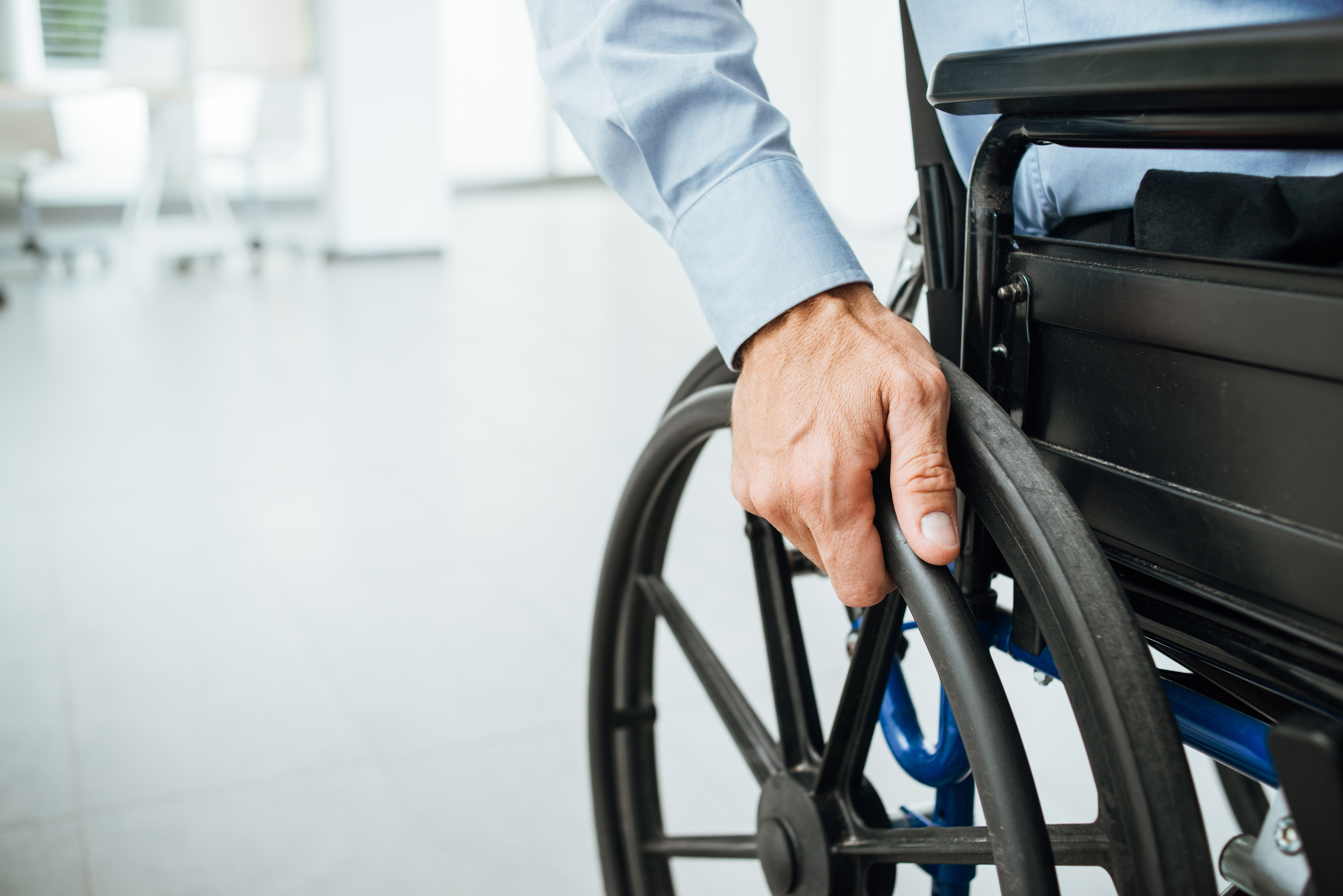Disabled access lifts
Contents |
[edit] Introduction
Disabled access lifts are increasingly important in the modern world, as more businesses and even private homes are adapting to become accessible for all. With over 9 million people in the UK suffering from a disability which affects their daily life, this is a significant issue.
[edit] Reasonable Adjustments
Even more so, as a result of the Equality Act 2010, a document which indicates that those with disabilities should receive the same service as those that are not. The Act calls this a duty to make reasonable adjustments.
Examples of reasonable adjustments include providing ramps, stairway lifts, widening doorways, installing automatic doors, and providing clearer lighting or signs. In many cases, platform lifts are the chosen form of access for wheelchair users for businesses. They are a highly flexible option and can be adapted in size to fit their environment, making them a viable option for home use also.
[edit] Platform Lifts
A platform lift is essentially a platform which is raised and lowered by the power of hydraulics or in some cases a traction system. In a hydraulic powered lift, the platform is attached to a hydraulic ram. The lift is moved as hydraulic fluid is pushed via a pump from a reservoir and into the ram. This then extends and the platform rises, in order to lower it the flow of the fluid is reversed. Additional space is needed for this system to work, but it is easy to maintain as result.
Platform lifts can also be powered through an encapsulated chain drive system. A chain is encased within a durable plastic casing, guiding the chains' movement and removing the possibility of slipping almost entirely. The chain is attached to a driveshaft which is powered by a motor and gearbox, this rotates and the chain is either pulled or pushed causing the platform to either ascend or descend.
[edit] Flexibility
The flexibility of a platform lift is not only restricted to placement but also style as they are easily modified to fit the modern or more traditional aesthetic depending upon the building of installation. They are intended to complement their environment and be a tool for accessibility.
[edit] Safety
For safety reasons, the stability of platform lists is supremely important. This safety is maintained by securing all four corners of the support for the front-end wall, ensuring the user is safely conveyed without difficulty to the appropriate height. Four lifting motors are accurately synchronised with precision control to ensure a smooth ascent of descent. Maximum lifting height is around 125 cm for safety reasons.
[edit] Related articles on Designing Buildings Wiki
- Accessibility in the built environment.
- Approved Document M.
- Balance for Better: Why lack of diversity is an issue for everyone.
- Braille signage and accessibility.
- Disability Discrimination Act DDA.
- Equality Act.
- Firefighting lift.
- Inclusive design.
- Lifts and Escalators: A Quality Perspective.
- Lifts for buildings.
- Platforms lifts and how they benefit people.
- Ramps.
- Stairlift.
- Wheelchair platform stairlift.
--Nathan Massey 14:25, 11 Jul 2017 (BST)
Featured articles and news
One of the most impressive Victorian architects. Book review.
RTPI leader to become new CIOB Chief Executive Officer
Dr Victoria Hills MRTPI, FICE to take over after Caroline Gumble’s departure.
Social and affordable housing, a long term plan for delivery
The “Delivering a Decade of Renewal for Social and Affordable Housing” strategy sets out future path.
A change to adoptive architecture
Effects of global weather warming on architectural detailing, material choice and human interaction.
The proposed publicly owned and backed subsidiary of Homes England, to facilitate new homes.
How big is the problem and what can we do to mitigate the effects?
Overheating guidance and tools for building designers
A number of cool guides to help with the heat.
The UK's Modern Industrial Strategy: A 10 year plan
Previous consultation criticism, current key elements and general support with some persisting reservations.
Building Safety Regulator reforms
New roles, new staff and a new fast track service pave the way for a single construction regulator.
Architectural Technologist CPDs and Communications
CIAT CPD… and how you can do it!
Cooling centres and cool spaces
Managing extreme heat in cities by directing the public to places for heat stress relief and water sources.
Winter gardens: A brief history and warm variations
Extending the season with glass in different forms and terms.
Restoring Great Yarmouth's Winter Gardens
Transforming one of the least sustainable constructions imaginable.
Construction Skills Mission Board launch sector drive
Newly formed government and industry collaboration set strategy for recruiting an additional 100,000 construction workers a year.
New Architects Code comes into effect in September 2025
ARB Architects Code of Conduct and Practice available with ongoing consultation regarding guidance.
Welsh Skills Body (Medr) launches ambitious plan
The new skills body brings together funding and regulation of tertiary education and research for the devolved nation.
Paul Gandy FCIOB announced as next CIOB President
Former Tilbury Douglas CEO takes helm.
























